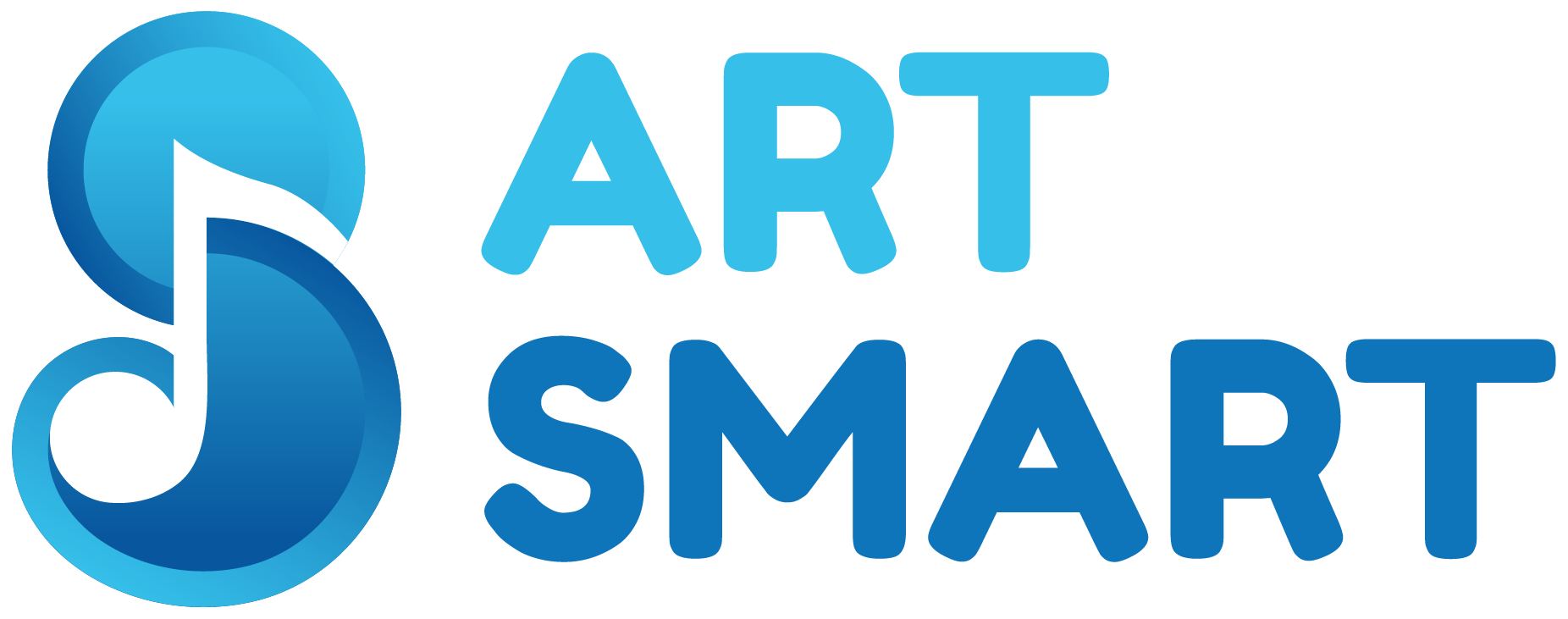
As the weeks go by, however, student and teacher get to know each other. Slowly, between the scales and the breath exercises, a relationship develops that is unique in this world. The teacher earns the trust of the student and as a result the student starts feeling safe, the walls come down. That safety leads to a willingness to take in new information, to challenge and be challenged, to confidence.
The opportunity to engage in a mentoring relationship is a major focus of the private music lessons that ArtSmart provides. It is the hidden gem that lies waiting to be found whenever a student and teacher engage in consistent, one on one interactions over an extended period of time. Not surprisingly, the chance to form this kind of relationship is commonly overlooked when discussing private music lessons. We give students weekly, 45 minute lessons from the same teacher for the entire school year. Early on, our team identified this opportunity as an important way to extend the benefits of music lessons beyond simply learning how to play an instrument or sing a song. Mentoring is the art of guiding a student to find the answer instead of being handed it on a sheet of paper. It goes beyond repeating arpeggios and adjusting embouchure. It is our belief that by approaching the teacher/student relationship as one of mentor/protégé, students will gain a set of tools they can apply to achieve any objective.
The two central tenets of the ArtSmart mentoring model are (1) teaching by asking questions and (2) empowering the student to set their own goals. At the end of every lesson the teaching fellow asks his or her student to set a goal for the following week. It could be as seemingly simple as, “Sing the first sentence from memory” or as grandiose as, “Memorize all of Schuman’s Dichterliebe.” Then at some point during the following week’s lesson, the teaching fellow asks the student to remind him or her what the goal for that week was. Together they proceed to determine if the objective was achieved or not. This is not a test, it is a collaboration. If the goal was achieved a moment of celebration is enjoyed and the two briefly reflect on what led to the success. If it wasn’t reached that week, student and teacher ask why and use that knowledge to inform the setting of next week’s goal. The teacher accomplishes all of this by asking questions. Teaching by questioning is an incredibly powerful process by which the teacher gets on the student’s level and focuses the students thinking on a given subject. The two work as a team to interpret thoughts and overcome challenges. It instills in the student a sense of confidence and desire to know more.
I’m so excited to see the relationships that form between our incredible teachers Tom and Hannah; and the amazing students at East Side High. It will take time to form relationships built on trust, but the payoff will be incredible.
Article DETAILS:
By John Viscardi | Published on 09/13/2017

